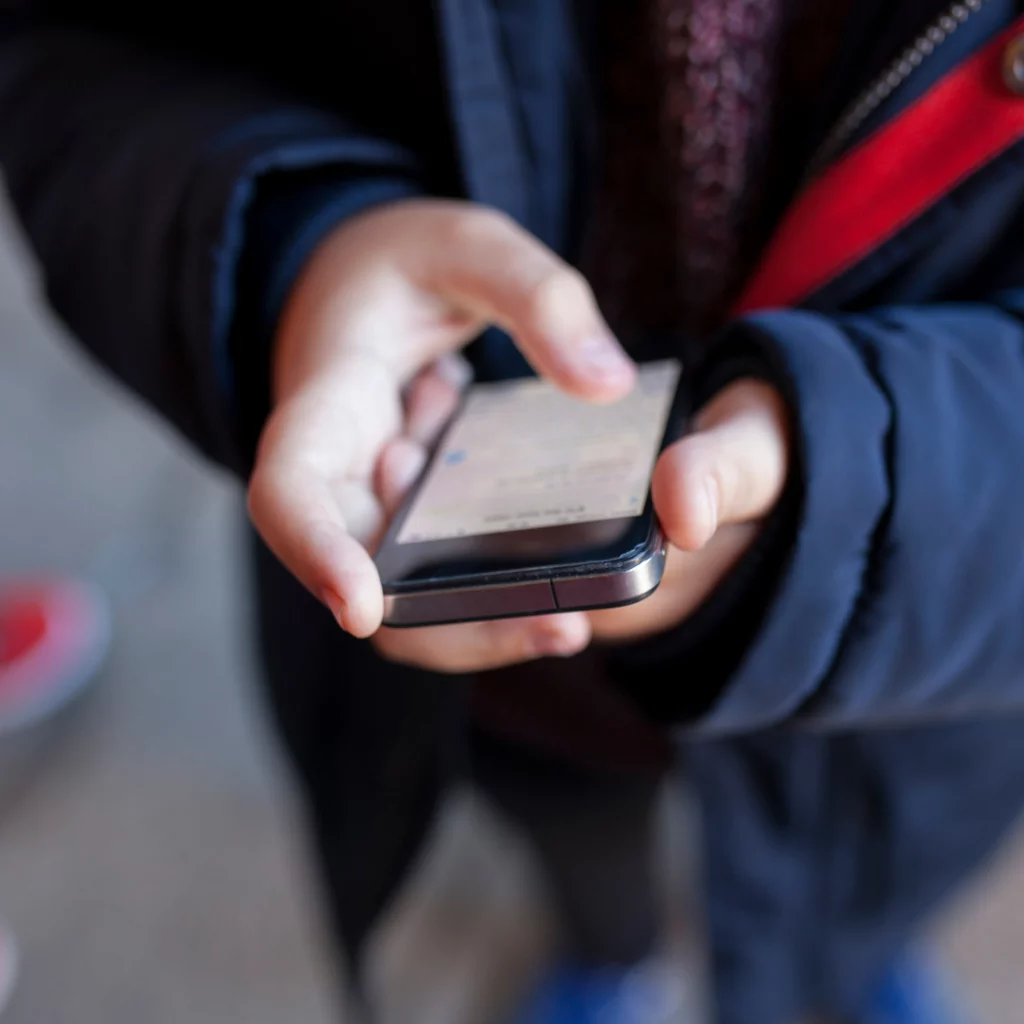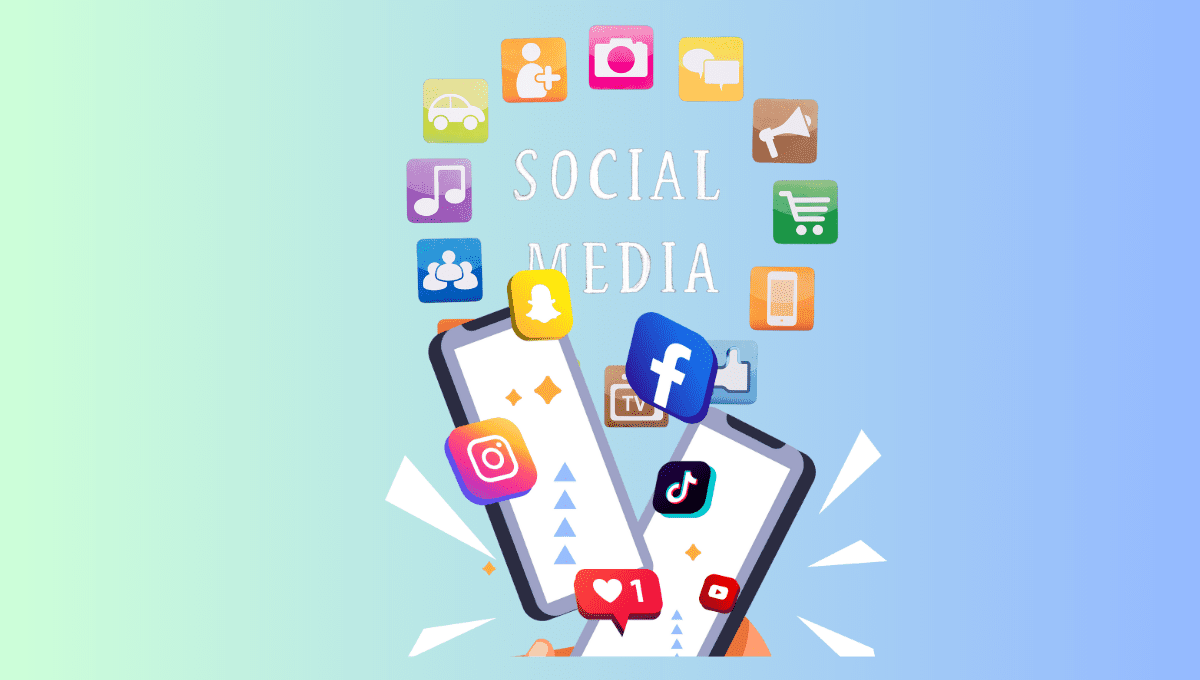Using Social Media as a Positive Learning Platform?
Can young people use social media as a positive learning platform? Social media can offer children and young people valuable opportunities to develop digital literacy skills and build a good digital footprint. In the 21st century, for many of us our offline lives become online lives, and that is especially more prominent with school children and young adults where social media now can be a daily factor in their lives. It can support young people by broadening their connection and understanding of the world, giving them opportunities to learn and appreciate different perspectives and world views.
Mobile phones and devices mean that children and young people can be active on social media from anywhere at any time. It removes the boundaries of meeting and maintaining relationships, as well as forming new ones beyond borders. With so many benefits for children and young adults, this can help them in staying connected with friends and family, finding new ways to express themselves or by enabling them to learn in new creative ways.
Different ways you can use social media as a learning tool:
- Twitter, TikTok and Facebook using hashtags to see open debates and forums
- Facebook to find groups or communities to learn about
- Blogs with commenting boxes to share and discuss information
- Pinterest for sharing ideas and seeing inspiring content
- LinkedIn and other networks to build connections
- Netflix can be home to thousands of informative documentaries
- YouTube to watch and learn about topical content and make your own
- It can also help young people to raise awareness of a cause that they are interested in, to have a real world impact on affecting change where they want to see it.


Social media isn’t just “likes” and “follows”. It can be a collaborative environment and open space. The rapid pace of information sharing facilitates accelerated learning and creative and critical thinking.
Social media is self-directed learning. This can prepare students to actively search questions and answers and make decisions for themselves independently. It allows young people the freedom to connect and collaborate beyond the classroom. Meaning students anywhere can start to experience global connections before entering the workforce.
When worked on in classrooms and home environments these skills can be guided and refined to produce better awareness and outcomes.




